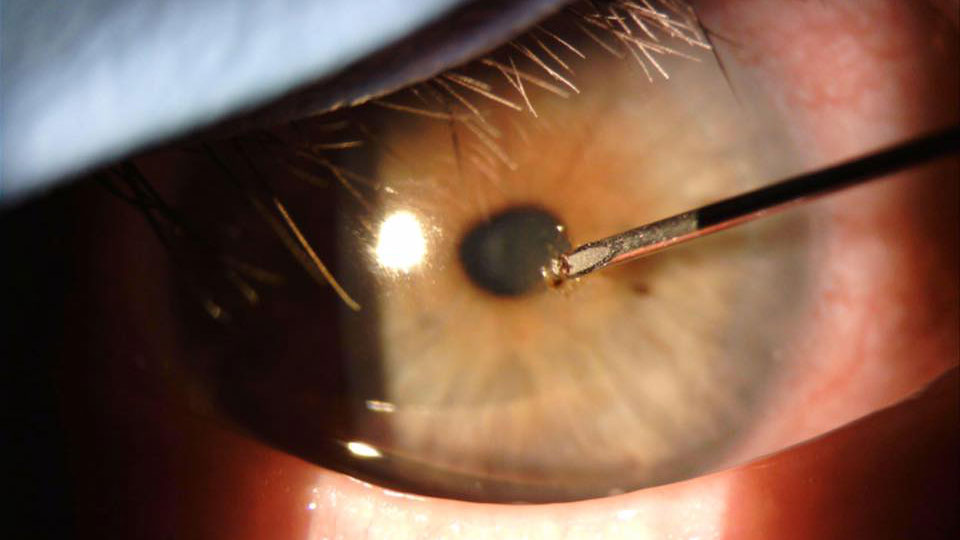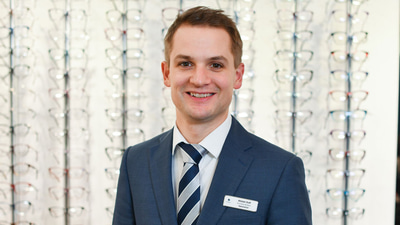- OT
- Life in practice
- Practitioner stories
- Coronavirus: on the ground in Ayrshire
On the ground
Coronavirus: on the ground in Ayrshire
Urquhart Opticians clinical director, Alistair Duff, tells OT how innocuous to-do lists have resulted in an increase in ocular injuries during lockdown

Alistair Duff
25 June 2020
As the coronavirus (COVID-19) pandemic transforms the way optometrists practise, OT is sharing the experiences of optometrists across the UK and beyond. If you, or a colleague, is interested in sharing your story please get in touch by email.
In a nutshell
Location: Ayrshire
Years qualified: 10
Mode of practice: Urquhart Opticians clinical director and optometrist.
Scotland ceased all face-to-face contact, with Emergency Eyecare Treatment Centres (ETCCs) being set up in each region. In Ayrshire this is based at Ayr Hospital, so only emergency dispensing is being done in practice and these numbers are very limited.
Urquhart Opticians continues to operate every day behind the scenes, with telephone triaging and video consultations using NHS Attend Anywhere software.
We also carry out repairs and deliver contact lenses to patients’ doors. We sent every patient a postcard with the slogan, ‘Here for you, now and always…’ This let our patients know the lie of the land as many were confused if they could get repairs, for example.

Only emergency dispenses are seen face-to-face, but we have managed to limit this using an online frame catalogue and measurements from our patient management system to dispense. We currently don’t use e-commerce, so this was a shift in strategy so that we could still provide emergency glasses to patients. We’ve also done tutorial videos on our YouTube channel and are sending nose pads, cleaning sprays and cloths to patients free of charge.
The number of patients contacting us varies, with a higher number on a Monday. On average we are in communication with around 50 people a day by telephone and email, and an increasing number get in touch through our social media channels, which we have been very active on in the past few years. As mentioned above, Attend Anywhere is the NHS software that patients can use to have a virtual consultation with the optometrist. This is particularly useful for demonstrating techniques that may prevent the patient from attending hospital. One example was the removal of a foreign body from the upper tarsal plate, after demonstrating lid eversion then removal using a Q tip.

We have seen an increase in DIY injuries such as chemical burns from cleaning patios, stones hitting eyes from grass strimming, paint flecks in the eye, and rust from sanding metal railings.
We have also had an increase in allergic responses due to the unusually dry weather – remember this is the west coast of Scotland! Another increase we’ve seen is dry eye due to many kids and parents working from home on screens a little more often. We are using emails to communicate with pharmacy clinical mailboxes. Our independent prescribing optometrists use these to reduce contact points in prescribing drugs.
I managed one DIY injury by removing a piece of metal from a man's eye using a 25G needle (pictured). The patient had been doing DIY at home; he called us and I triaged him over the phone. Seeing him in practice with minimum contact meant that he did not require a hospital visit.
We have seen an increase in DIY injuries such as chemical burns from cleaning patios, stones hitting eyes from grass strimming, paint flecks in the eye, and rust from sanding metal railings
My eye health messages to the public at this time include recommending safety glasses for all types of DIY to reduce their chances of injury and having to attend a medic to have it treated. I advise all of my patients to increase fluid intake during warm weather reducing dry eye issues. Finally, I have been advising many patients of the 20-20-20 rule as we are seeing an increase in asthenopia from increased computer use.
I am part of the Optometry Scotland executive committee, which is meeting weekly during this crisis to discuss our plan on returning to our ‘new normal.’ Everyone agrees this will be a gradual process. In the meantime, as a business we have been planning measures and making adjustments to the ergonomics of the practice. Being as prepared as possible for moving forward is key.

Comments (0)
You must be logged in to join the discussion. Log in